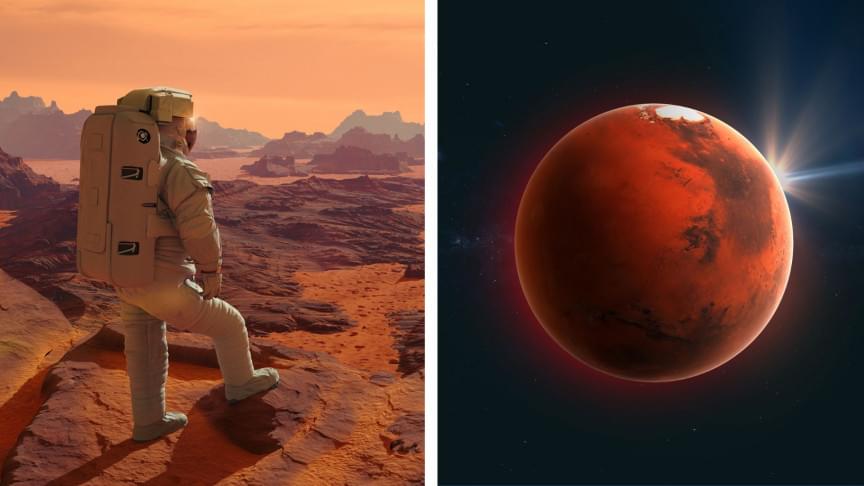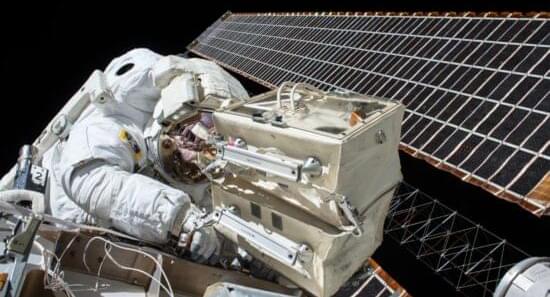Circa 2015 o.o!
The publication of Green and Schwarz’s paper “was 30 years ago this month,” the string theorist and popular-science author Brian Greene wrote in Smithsonian Magazine in January, “making the moment ripe for taking stock: Is string theory revealing reality’s deep laws? Or, as some detractors have claimed, is it a mathematical mirage that has sidetracked a generation of physicists?” Greene had no answer, expressing doubt that string theory will “confront data” in his lifetime.
Recently, however, some string theorists have started developing a new tactic that gives them hope of someday answering these questions. Lacking traditional tests, they are seeking validation of string theory by a different route. Using a strange mathematical dictionary that translates between laws of gravity and those of quantum mechanics, the researchers have identified properties called “consistency conditions” that they say any theory combining quantum mechanics and gravity must meet. And in certain highly simplified imaginary worlds, they claim to have found evidence that the only consistent theories of “quantum gravity” involve strings.
According to many researchers, the work provides weak but concrete support for the decades-old suspicion that string theory may be the only mathematically consistent theory of quantum gravity capable of reproducing gravity’s known form on the scale of galaxies, stars and planets, as captured by Albert Einstein’s theory of general relativity. And if string theory is the only possible approach, then its proponents say it must be true — with or without physical evidence. String theory, by this account, is “the only game in town.”






